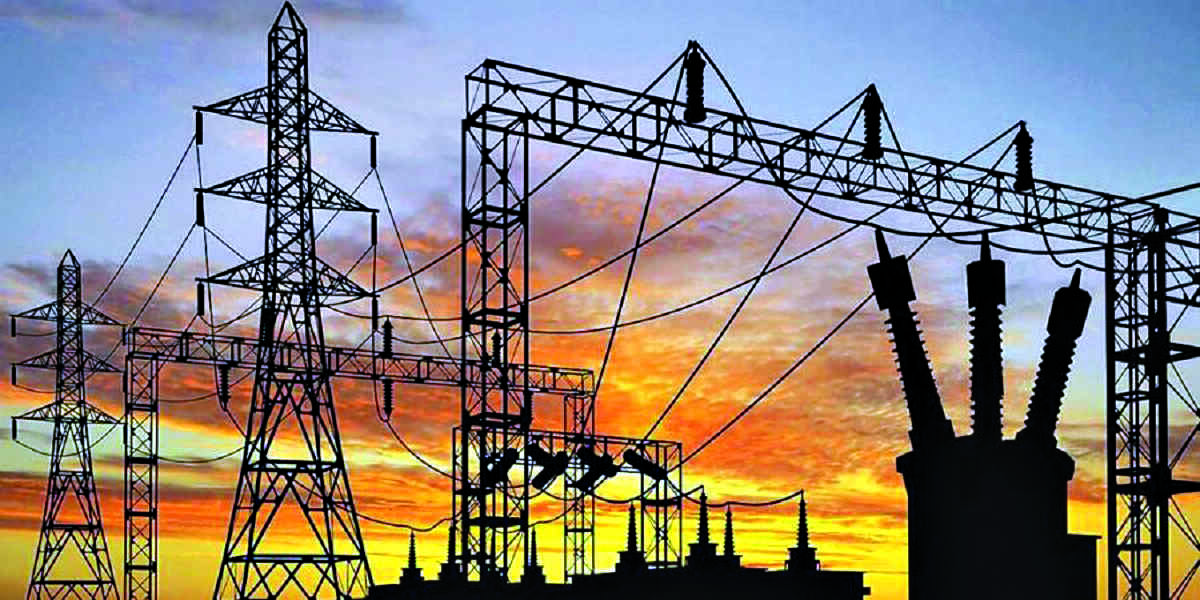Amid peak demand, power crisis adds to heatwave woes

New Delhi/Kolkata: Several parts of eastern India are grappling with a power crisis, as peak demand in states sees a sharp rise amid a sweltering heatwave, officials said.
Several parts of Mumbai witnessed power cut again on Wednesday after the city's suburbs and surrounding areas saw a blackout for over an hour on Monday.
The city with soaring temperatures saw angry residents flooding Twitter with their complaints, with some even claiming that there was no electricity all night.
Outages were reported from Mumbai's posh Khar area with an user questioning the quality of services despite what he claimed were high electricity charges.
The latest outages were reported by consumers of Adani Electricity. Areas where Tata Power provides electricity witnessed power cuts on Monday.
Odisha, Jharkhand and Bihar have also reported power outages in the last few days from major cities as well as rural areas, they said.
Maximum temperatures in most places in these states are hovering above 40 degrees Celsius with little respite on offer over the next few days, the weatherman said.
Jharkhand Chief Minister Hemant Soren admitted that the state is unable to meet the peak demand, but said his government has sanctioned additional funds for buying power from the open market through energy exchanges.
"The heat is beyond imagination... several states in the country are facing shortage of power. It is also difficult to purchase power from the open market due to high rates and competition among states," Soren said.
Taking to Twitter, Sakshi Singh, wife of cricket icon Mahendra Singh Dhoni, who hails from Jharkhand's capital Ranchi, had also recently complained about power crisis.
"As a tax payer of Jharkhand, just want to know why is there a power crisis in Jharkhand since so many years? We are doing our part by consciously making sure we save energy!" she had said.
As per the Central Electricity Authority, the state has a total installed capacity of 4,556.44 MW as on January. Of this, around 4,250 MW comes from thermal sources.
Thermal power plants in Jharkhand are reportedly unable to fulfill the daily peak hour requirement of nearly 2,400 MW in the wake of "lower" supply of coal, the officials said.
In Odisha, residents of a number of districts complained of frequent power cuts amid scorching heat.
The state faced acute shortage of electricity in mid-April following the breakdown of an NTPC unit, which generates 800 MW of power, of which Odisha's share is 400 MW.
The energy department has also called for regulating air-conditioner load, industrial and agricultural load during peak hours from 7 pm to 11 pm for the next one week in order to maintain stable power supply.
The coal crisis at certain independent power plants (IPPs) has also added to the electricity woes in the state, an official of the department said.
"The government is dealing with a situation in April, which was expected in May. Never before has Odisha experienced such high temperatures in April," said Energy Secretary N B Dhal.
Odisha's current peak power demand is estimated to be 5,200-5,400 MW, while the state generates around 4,800 MW.
"Discussions in a meeting (chaired by Chief Secretary S C Mohapatra) indicated that the power supply situation is quite under control, and it would get better by the first week of May," an official release said.
Bihar Energy Secretary Sanjeev Hans said the state is facing a power deficit of 200-300 MW per day because of the sudden increase in demand, following the early arrival of peak summer and reduced generation of hydropower.
The state's consumption is close to 6,000 MW per day and availability from different sources is to the tune of 5,000-5,200 MW, he said.
"However, almost every day we are purchasing around 600 MW from the power exchange at higher rates," Hans told a national news agency.
State-owned National Thermal Power Corporation (NTPC) has an installed power generation capacity of 8,410 MW across six projects in Bihar. Meanwhile, officials in West Bengal said the state is a major power producer and capable of managing its electricity demand.
"We are operating all our generation units at around 85 per cent plant load factor as per norms, and we have been able to exponentially increase our coal production from captive mines," West Bengal Power Development Corporation Ltd (WBPDCL) chairman and managing director P B Salim said. The state-run power producer has six thermal plants in West Bengal. Average power demand in the state is between 9,000 MW and 9,200 MW, the officials said.



